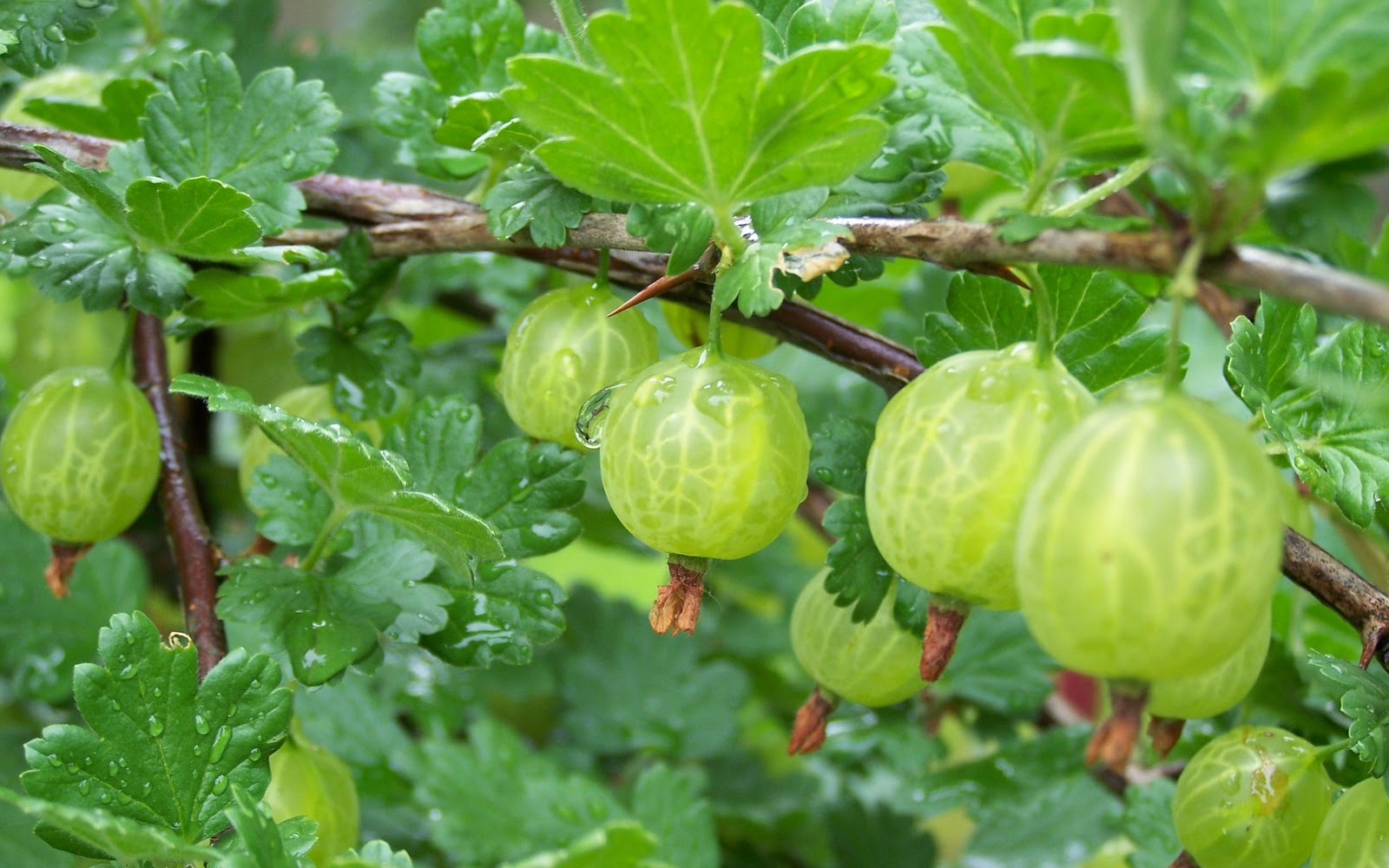Gooseberry is a small, tangy fruit that has gained popularity due to its unique flavor and numerous health benefits. In recent years, it has become a staple in many households, not only for its culinary uses but also for its nutritional value. This article delves deep into everything you need to know about gooseberries, including their varieties, health benefits, and ways to incorporate them into your diet.
Gooseberries belong to the Ribes genus and are known for their tartness and vibrant colors. These fruits are rich in vitamins, minerals, and antioxidants, making them a valuable addition to any diet. As we explore the fascinating world of gooseberries, you’ll discover why they are more than just a delicious fruit.
Whether you’re a seasoned gardener looking to cultivate gooseberries or simply curious about how to use them in recipes, this comprehensive guide will provide you with all the information you need. From understanding the different types of gooseberries to exploring their potential health benefits, let’s dive in!
Table of Contents
- What Are Gooseberries?
- Varieties of Gooseberries
- Health Benefits of Gooseberries
- Nutritional Value of Gooseberries
- Culinary Uses of Gooseberries
- How to Grow Gooseberries
- Common Pests and Diseases
- Conclusion
What Are Gooseberries?
Gooseberries are small, round fruits that can vary in color from green to yellow, red, or purple. They grow on thorny bushes and are typically harvested in the summer months. The flavor of gooseberries ranges from tart to sweet, depending on the variety and ripeness of the fruit.
These berries are often used in jams, jellies, desserts, and savory dishes. Their unique taste makes them a versatile ingredient in many culinary creations. Gooseberries are also known for their high vitamin C content, making them an excellent choice for boosting the immune system.
Varieties of Gooseberries
There are several varieties of gooseberries, each with its unique flavor profile and uses. Understanding these varieties can help you choose the best type for your needs. Here are some popular types of gooseberries:
- Green Gooseberries: These are the most common variety and are typically tart. They are often used in baking and cooking.
- Red Gooseberries: Sweeter than green varieties, red gooseberries are excellent for eating fresh or using in desserts.
- White Gooseberries: These are the sweetest variety and are perfect for making jams and jellies.
- American Gooseberries: Known for their larger size, these gooseberries can be tart and are often used in pies.
Health Benefits of Gooseberries
Gooseberries are not only delicious but also packed with health benefits. Here are some of the key benefits of including gooseberries in your diet:
- Rich in Antioxidants: Gooseberries are loaded with antioxidants that help combat oxidative stress and reduce inflammation.
- Boosts Immunity: High in vitamin C, gooseberries can strengthen your immune system and protect against infections.
- Supports Digestive Health: The fiber content in gooseberries promotes healthy digestion and regular bowel movements.
- Weight Management: Low in calories and high in fiber, gooseberries can help you feel full, making them a great option for weight management.
Nutritional Value of Gooseberries
Understanding the nutritional profile of gooseberries can help you appreciate their health benefits even more. Here is a breakdown of the nutritional value of 100 grams of raw gooseberries:
| Nutrient | Amount |
|---|---|
| Calories | 44 |
| Carbohydrates | 10.2 g |
| Fiber | 4.3 g |
| Protein | 0.6 g |
| Fat | 0.3 g |
| Vitamin C | 27.7 mg |
| Vitamin A | 3 IU |
| Calcium | 30 mg |
Culinary Uses of Gooseberries
Gooseberries can be used in a variety of culinary applications. Here are some popular ways to enjoy gooseberries:
- Jams and Jellies: Gooseberries can be cooked down with sugar to create delicious spreads.
- Pies and Tarts: Their tartness makes them a perfect filling for pies and tarts.
- Salads: Fresh gooseberries can add a unique flavor to salads when used whole or sliced.
- Sauces: Cooked gooseberries can be blended into sauces to accompany meats or desserts.
How to Grow Gooseberries
Growing gooseberries can be a rewarding experience. Here are some tips for cultivating your own gooseberry bushes:
- Soil: Gooseberries prefer well-drained, fertile soil with a pH between 6.0 and 7.0.
- Sunlight: Plant gooseberries in a location that receives full sun to partial shade.
- Watering: Ensure consistent moisture, especially during the fruiting season, but avoid waterlogging.
- Pruning: Regular pruning helps maintain plant health and encourages better fruit production.
Common Pests and Diseases
Like any plant, gooseberries are susceptible to certain pests and diseases. Here are some common issues to watch out for:
- Gooseberry Sawfly: This pest can damage leaves and should be removed manually or treated with insecticides.
- Powdery Mildew: This fungal disease can be prevented by ensuring good air circulation around the plants.
- Botrytis Blight: A fungal disease that can affect the fruit; avoid overhead watering to reduce humidity.
Conclusion
In conclusion, gooseberries are a delightful fruit that not only adds vibrant flavor to dishes but also offers numerous health benefits. Their versatility makes them an excellent choice for various culinary applications, and growing them at home can be a fulfilling endeavor. We encourage you to explore the various ways to enjoy gooseberries and consider adding them to your diet for their nutritional value.
Have you tried gooseberries before? Share your experiences in the comments below, and don’t forget to check out our other articles for more exciting insights!
Thank you for reading, and we hope to see you back soon for more informative content!
- 1230857 Tyler Perry Net Worth Age Height House Wife Son
- Thay Ksada
- Kristy Mcnichol
- Josh Allen Old Tweets
- Oleksandr Zinchenko
- 1534693 Piece Female Characters Deserve Attention
- 1470855 Zack Lugos Biography Age Height Net Worth Girlfriend Brother
- La Freeway Protest
- Tiffany Link Earrings


